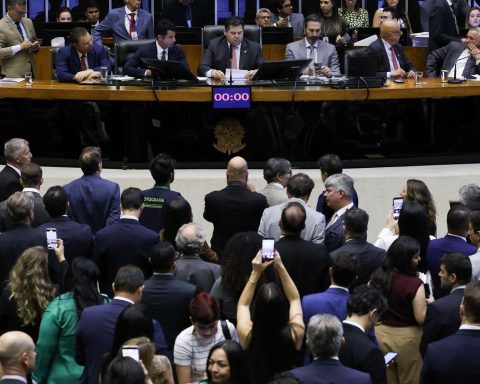In Colombia, road infrastructure projects under the Public-Private Partnership (PPP) model have been widely used to strengthen the country’s connectivity, especially through 4G and 5G road concessions.
(Read more: There is already a date: this is the day when Bogotá Metro train tests would begin)
According to data from the National Infrastructure Agency (ANI), currently in the country There are more than 40 active road infrastructure projects. These initiatives, which cover various areas of the national territory, are part of the efforts to modernize the land transportation network, improving connectivity between strategic regions of the country and promoting economic development.
And PPPs as a mechanism to develop, finance, operate and maintain public infrastructure projects in different sectors, both productive and social, They were born with Law 1508 of 2012. This regulation defines the general principles, the types of projects that can be developed under the PPP scheme, and the conditions and procedures for their implementation.
Since its origin, Several regulations have been issued (laws, decrees and resolutions) that promote this instrument of linking private capital, as explained by Luis Torres, partner lawyer at Ecija Tax & Legal and expert in administrative law and public and private contracting issues.
In relation to this, Torres points out that “Colombia had a delay and major deficiencies in public infrastructure, especially in the transportation sector, such as cost overruns, delays in the execution and delivery of works.” Hence the importance of the model that introduced the PPPs, which overcomes many drawbacks presented with the first, second and third generation road concessions model.
(More news: Bogotá Metro already has its first rails, reported Mayor Galán)
Infrastructure
Challenges in implementation
Private investment in a PPP is made with the expectation of receiving cash flows that remunerate the cost of the invested capital in the long term, so the legal structure of the project and the stability of the legal framework They are essential for investors to decide to participate.
And despite the advances in the legal and regulatory framework, the implementation of public-private companies in Colombia faces several challenges, one of the main obstacles is financing. According to the expert, many projects require large initial investments, which can be difficult to secure, especially in an uncertain economic environment. Additionally, the risks associated with these projects, such as construction and operation challenges, may discourage private sector participation. Another important challenge is bureaucratic resistance. “Often, officials are resistant to adopting new management models and prefer to continue using traditional methods. “This resistance can slow down the process of approval and execution of road infrastructure projects in the country.”says Torres.
(More news: ‘Pier 13 should be a pier managed by artisanal fishermen’: Mintransporte)

Infrastructure projects (reference)
Responsibility
The PPP model has an essential characteristic and that is the transfer of risks and responsibilities to the private investor.
Regarding this, María Lucia Amador, director of the infrastructure area of Mendoza Abogados, points out that the allocation of possible risks is designed to optimize the management of theseso it is based on the premise that these should be granted to the party that is best able to assume them.
Likewise, Torres explains that payments to the private sector are conditional on performance indicators of the service provided, which allows measuring its compliancesince the private sector only receives payments for the availability of the infrastructure and compliance with the agreed service levels.
However, the state entity has a determining role in the structure and success of the project, for example, In your planning stage you will not only have to define your needbut rather the scope of the project, establishing the service indicators that will serve to remunerate the private investor, but it is their responsibility to choose it through a bidding process, ensuring transparency and objectivity in the process.
(Read more: Foreign banks look favorably on the country to continue investing in infrastructure)
TATIANA ALVIRA GIRON
[email protected]

















